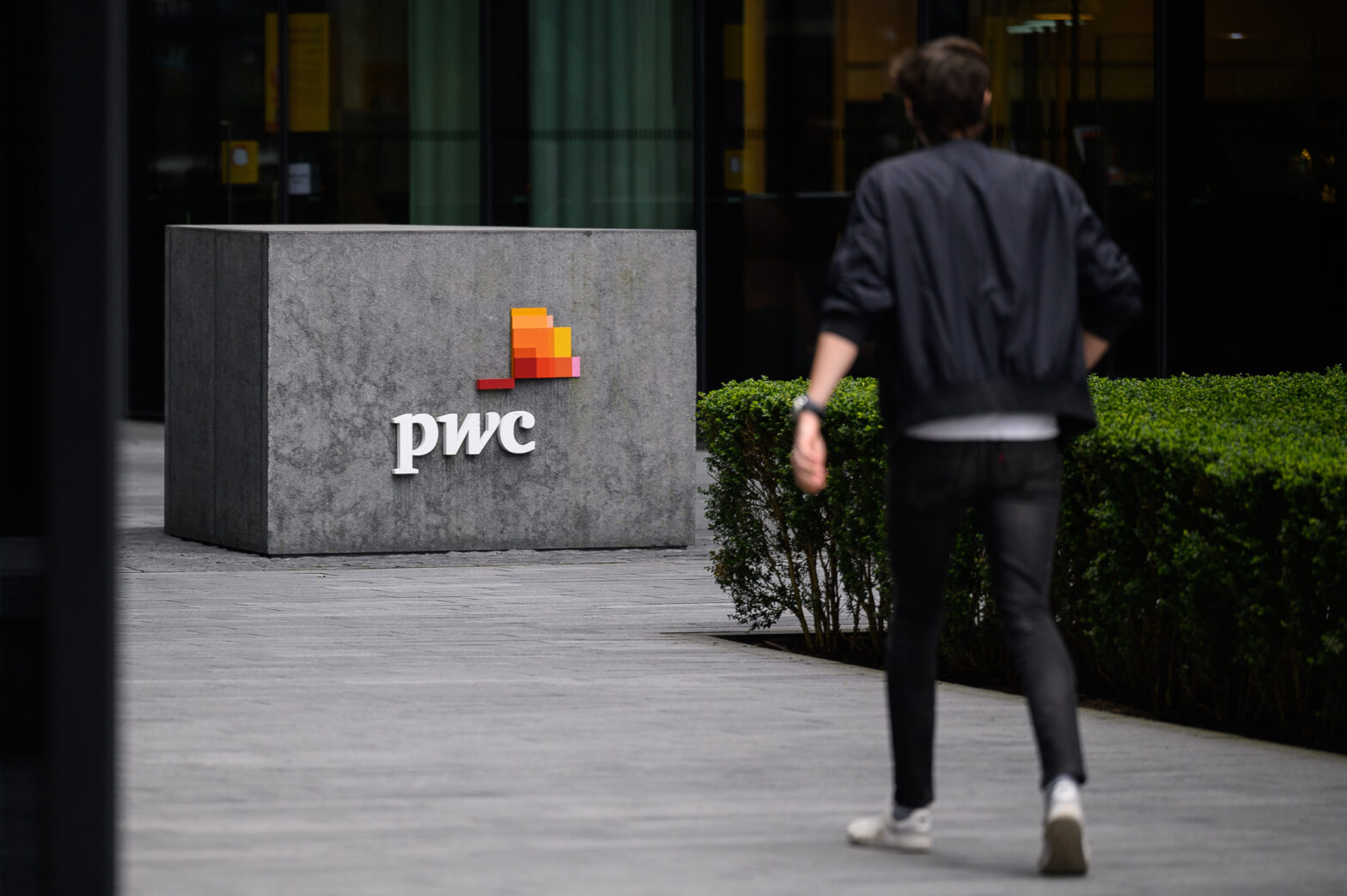Financial application maker Sage has made a virtue of having its own vision for how to build software. Many of its rivals would baulk at the idea of supporting software specifically made for one country – not Sage. But Sage is hardly isolated – it has plenty of high profile rivals for company. And to counter those threats, its management team have adopted strategies that mean it will tackle those companies head on.
In the cut-throat market of business applications, Sage has demonstrated that setting its own agenda has paid dividends. Its latest half-year revenues are up to £455.9m from £385.6m in the same period a year earlier. Much of that growth has come on the back of acquisitions, and Sage’s senior management readily admit hunger for further deals.
But Sage is also hoping to win new business through development of its own core products. Its latest release – Sage 1000 – will put it in direct competition with some big-hitting rivals.
Sage 1000, primarily aimed at medium-sized businesses, is a combined enterprise resource planning (ERP) and customer relationship management (CRM) application. The product integrates features of the Sage 500 ERP and Sage CRM MME packages, allowing, for example, a sales person to access customer data and inventory on a single portal rather than having to go through two different systems. The Sage 1000 line is also targeting companies with one eye on costs – the starting price is £9,000.
“Hosted models run out of steam.”
David Karlin, Sage
Cost is a real issue for companies in the mid-market, says David Karlin, MD of Sage UK's mid-market division. Such organisations require a similar level of functionality to support end-to-end business processes as large enterprises, but lack the budgets of their larger counterparts. Sage 1000 is not designed to scale to meet the needs of large global businesses, Karlin acknowledges, but instead offers a simpler product, with less scope for configuration, and therefore less cost.
However, Sage has some formidable opponents in the mid-market. Software titan Microsoft is putting its weight behind its Dynamics suite of software – a collection of its Great Plains, Navision, Axapta and Solomon ERP platforms.
German software maker SAP is also aggressively targeting medium-sized companies. SAP is readying its on-demand CRM offering and pushing its reseller channel to target smaller marks.
Sage too has a hosted CRM offering, launched in 2005, but it has yet to attract significant numbers of customers. Karlin says that Sage is ramping up its marketing effort behind its hosted service, but is convinced that the Sage model – of encouraging users to start with hosted software before gradually bringing implementations in-house – will ultimately be the best fit for customers.
“Hosted models run out of steam,” says Karlin. It is attractive to start with hosted CRM because of the price, but after a while companies want to bring everything in-house so that, for example, their CRM system can integrate properly with their accounting system.










